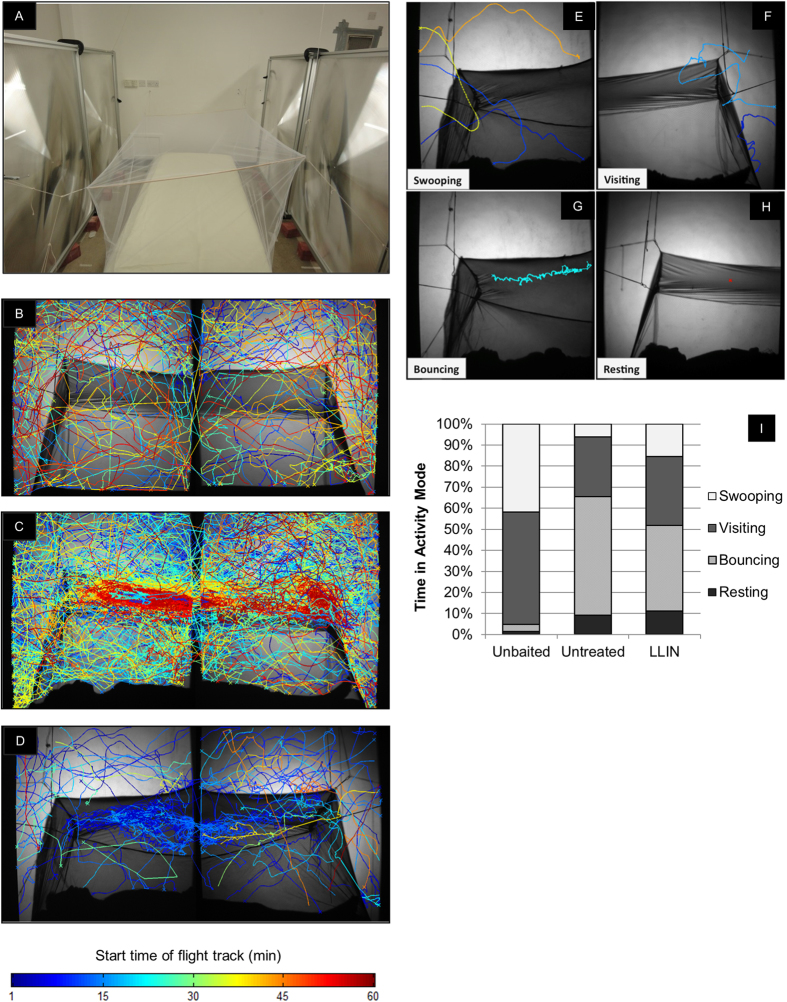Figure 1. Flight activity of Anopheles gambiae at unbaited, baited and insecticide-treated bed nets.
(A) The experimental insectary, showing the bed and fitted bed net, with two pairs of Fresnel lenses visible on the left and right; illumination at 850 nm was from two LEDs (not in image) located behind the right Fresnel lenses with the light from each forming an approximated parallel beam across the bed, through the left Fresnel lenses and focused into the camera beyond (not in photograph). The LEDs and camera were positioned 1.2 m behind the lenses, aligned to an optical axis through the centre of the Fresnel lenses. Mosquitoes were released on the wall behind the photographer at a height of 2 m. (B–D) Examples of a full 60-minute record of a test showing flight tracks of Anopheles gambiae at: (B) an unbaited untreated bed net; (C) a human-baited untreated bed net; (D) a human-baited insecticide-treated bednet (LLIN; Permanet 2®; Vestergaard-Frandsen, Lausanne, Switzerland). Twenty-five mosquitoes were released in all tests and activity was recorded for 60 minutes. Each coloured track is the path of a single mosquito flight event. Tracks are colour-coded according to time they first appeared in the field of view as shown in the key: blue tracks at the start through to red at the end of the 60-minute test. (E–H) Images showing representative tracks for Anopheles gambiae flight in each of the four behaviour modes as defined in the text. See also Supplementary Video. (I) The proportion of time spent in each behaviour mode for each bed net type: Unbaited = unbaited untreated bed net; Untreated = human-baited untreated bed net; LLIN = human-baited insecticide-treated bed net (LLIN).

